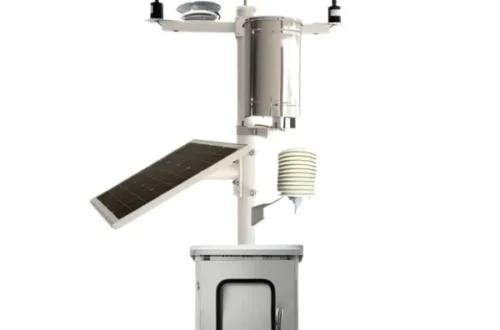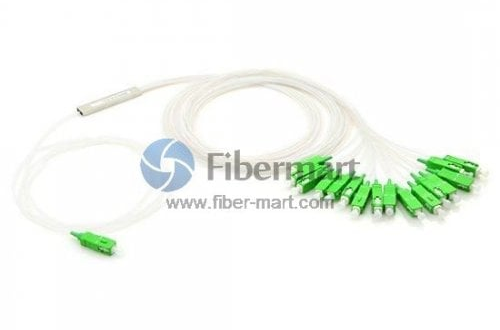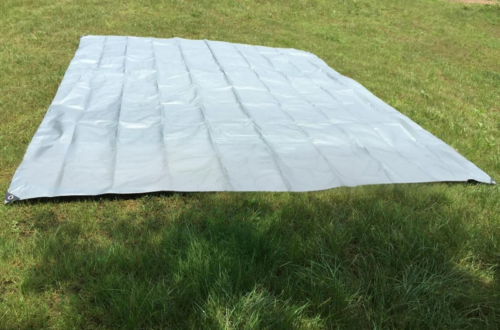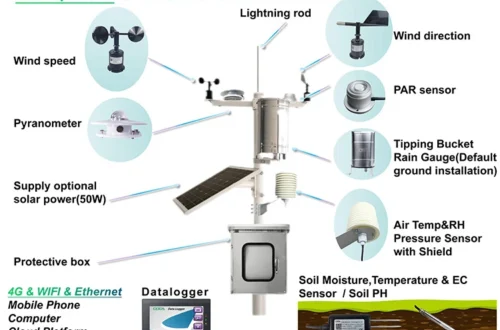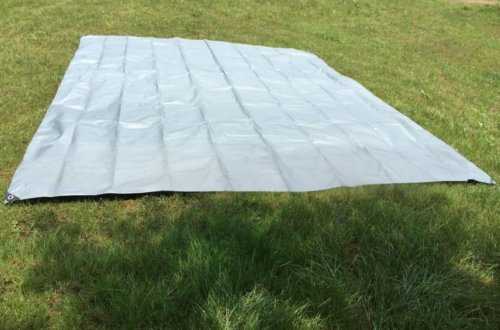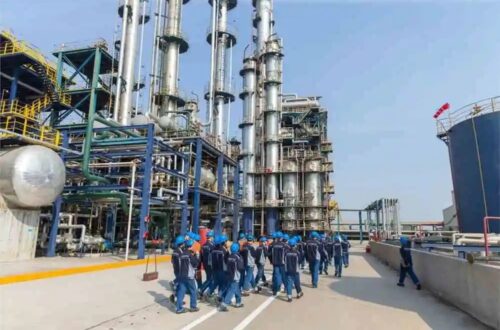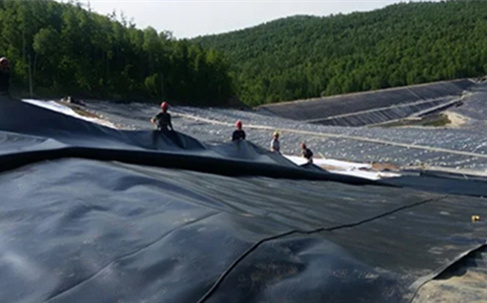-
Which Instrument Is Used to Measure Wind Speed?
Which Instrument Is Used to Measure Wind Speed? Wind speed measurement is crucial in meteorology, aviation, and environmental monitoring. The primary device for this task is an anemometer, which accurately gauges wind velocity and direction. Types of Anemometers Common varieties include cup, vane, hot-wire, and ultrasonic anemometers. Each type suits specific applications, from weather stations to industrial settings. How Anemometers Work Cup anemometers rotate with wind flow, measuring speed via rotation count. Vane types align with wind direction, while ultrasonic versions use sound waves for precision. Frequently Asked Questions What units measure wind speed?Meters per second (m/s), kilometers per hour (km/h), or miles per hour (mph) are standard. Can smartphones…
-
Essential Weather Measuring Instruments: A Comprehensive Guide
# Essential Weather Measuring Instruments: A Comprehensive Guide Weather monitoring is crucial for various industries, from agriculture to aviation. Understanding the tools that measure atmospheric conditions can enhance safety and decision-making. This guide explores key **weather measuring instruments** and their applications. ## **Common Meteorological Tools** Meteorologists rely on precise devices to collect data. These instruments help predict weather patterns and monitor environmental changes. ### **Thermometers and Barometers** Thermometers measure temperature, while barometers track atmospheric pressure. Digital versions now offer real-time data logging for accuracy. ### **Anemometers and Hygrometers** Anemometers gauge wind speed and direction. Hygrometers assess humidity levels, vital for climate studies. ## **Advanced Monitoring Systems** Modern technology integrates sensors…
-
What is Atmospheric Pressure? Definition, Causes, and Effects
What is Atmospheric Pressure? Atmospheric pressure, also known as air pressure, is the force exerted by the weight of air in the Earth’s atmosphere. It plays a crucial role in weather patterns, human health, and various industrial applications. Definition and Basic Concepts To define atmospheric pressure, it is the pressure within the atmosphere of Earth, typically measured with a barometer. Standard atmospheric pressure at sea level is 1013.25 millibars or 29.92 inches of mercury. Causes of Atmospheric Pressure Gravity is the primary cause, pulling air molecules toward the Earth’s surface and creating pressure. Temperature and altitude variations also significantly influence pressure levels. Effects on Weather and Health Changes in atmospheric…
-
Atmospheric Pressure Definition: Understanding the Force of Air Around Us
**Understanding Atmospheric Pressure** Atmospheric pressure is the force exerted by the weight of air above us. It affects weather patterns, human health, and even daily activities like cooking or flying. To grasp the full atmospheric pressure definition, it’s essential to explore its causes and effects. **Key Factors Influencing Air Pressure** Altitude, temperature, and humidity are primary factors. Higher altitudes have lower pressure, while warm air reduces density and pressure. This variability explains why weather forecasts rely on pressure measurements. **How Atmospheric Pressure Impacts Daily Life** From predicting storms to enabling aviation, atmospheric pressure is crucial. Low pressure often signals rain, whereas high pressure indicates clear skies. It also affects how…
-
Radiated vs. Irradiated: Key Differences and Definitions
Radiated vs. Irradiated: Key Differences and Definitions When discussing energy transfer, many confuse the terms radiated and irradiated. Though related, they describe distinct concepts in physics and engineering. Understanding their differences clarifies their applications across industries. What Does Radiated Mean? Radiation refers to energy emitted as waves or particles from a source. Common examples include heat from the sun or radio waves from antennas. Types of Radiation Radiation can be electromagnetic (like light) or particulate (such as alpha particles). Each type has unique properties and uses. What Does Irradiated Mean? Irradiation describes the process where an object receives radiation. It focuses on exposure rather than emission. Applications of Irradiation Irradiation…
-
The Hidden Downsides of Automatic Weather Stations: What You Need to Know
The Hidden Downsides of Automatic Weather Stations: What You Need to Know Automatic weather stations (AWS) have revolutionized meteorological data collection, but they come with significant drawbacks that are often overlooked. Understanding these limitations is crucial for accurate weather interpretation and decision-making. Key Limitations in Data Accuracy While AWS provide continuous monitoring, they suffer from calibration drift and sensor degradation over time. Temperature sensors may show errors due to radiation shielding issues, while rainfall gauges often undercatch during high-wind events. These inaccuracies compound when making long-term climate assessments. Maintenance Challenges Regular maintenance is essential yet frequently neglected. Sensors require cleaning, calibration, and protection from environmental damage. Without proper upkeep, data…
-
The Ultimate Guide to Soil Moisture Sensor Applications: Maximizing Agricultural Efficiency
The Ultimate Guide to Soil Moisture Sensor Applications: Maximizing Agricultural Efficiency Modern agriculture thrives on precision, and soil moisture sensor application is at the forefront of this revolution. These devices provide real-time data, enabling farmers to optimize irrigation, conserve water, and boost crop yields efficiently. Key Benefits of Using Soil Moisture Sensors Soil moisture sensors help reduce water waste by delivering accurate moisture readings. This leads to smarter irrigation scheduling, prevents overwatering or underwatering, and promotes healthier plant growth. Additionally, these sensors support sustainable farming by minimizing resource usage. Types of Soil Moisture Sensors Common types include capacitive, tensiometric, and resistance-based sensors. Each type has unique advantages, suitable for different…
-
Soil Moisture Sensor Working Principle: A Comprehensive Guide
Soil Moisture Sensor Working Principle: A Comprehensive Guide Soil moisture sensors are essential tools in modern agriculture, environmental monitoring, and smart irrigation systems. Understanding the soil moisture sensor working principle is key to optimizing water usage and improving crop yields. How Soil Moisture Sensors Function Most soil moisture sensors operate based on capacitance or resistance principles. Capacitive sensors measure the dielectric constant of the soil, which changes with water content, while resistive sensors detect the electrical conductivity between two electrodes. These methods provide accurate, real-time data on soil hydration levels. For a deeper dive, explore this detailed resource on the soil moisture sensor working principle. Common Applications and Benefits These…
-
Types of Light Sensors: A Comprehensive Guide to Their Functions and Applications
Types of Light Sensors: A Comprehensive Guide to Their Functions and Applications Light sensors are essential components in modern technology, converting light energy into electrical signals. This guide explores the major types of light sensors, their functions, and practical applications across industries. Photodiodes and Phototransistors Photodiodes convert light into current, ideal for precision light detection. Phototransistors amplify this signal, suited for applications like optical switches and light meters. Photoresistors (LDRs) These sensors change resistance based on light intensity. Commonly used in automatic lighting systems and burglar alarms due to their cost-effectiveness. Industrial Automation Uses In manufacturing, light sensors optimize processes through object detection and quality control, enhancing efficiency and safety.…
-
10 Essential Uses of a Rain Gauge: From Agriculture to Climate Research
10 Essential Uses of a Rain Gauge: From Agriculture to Climate Research Rain gauges are indispensable tools for measuring precipitation accurately. Understanding their applications can help multiple sectors optimize operations and contribute to environmental research. Agricultural Water Management Farmers rely on rain gauges to monitor rainfall, ensuring crops receive adequate water. This data supports efficient irrigation planning, reducing water waste and boosting yields. Climate Change Research Scientists use long-term precipitation data from rain gauges to analyze climate patterns. This information is vital for tracking changes and developing predictive models. Urban Flood Forecasting In cities, rain gauges help predict flood risks by measuring sudden heavy rainfall. Municipalities use this data to…


